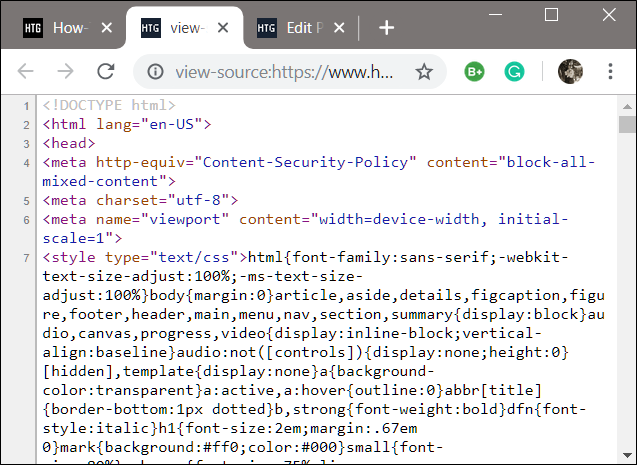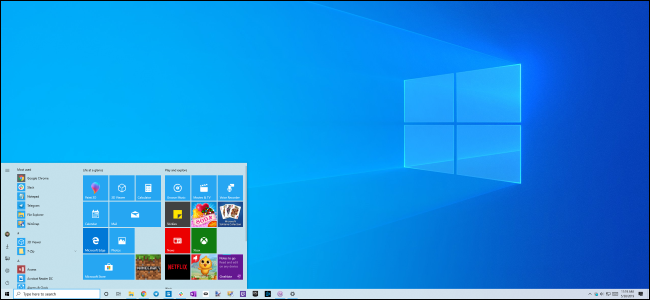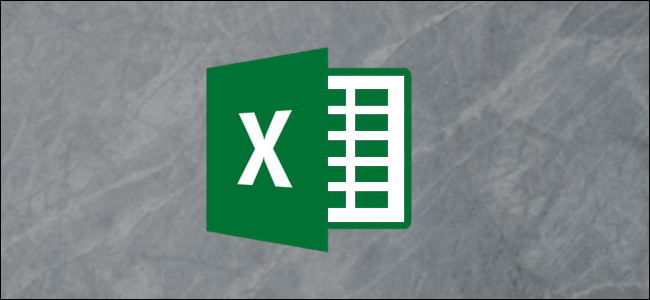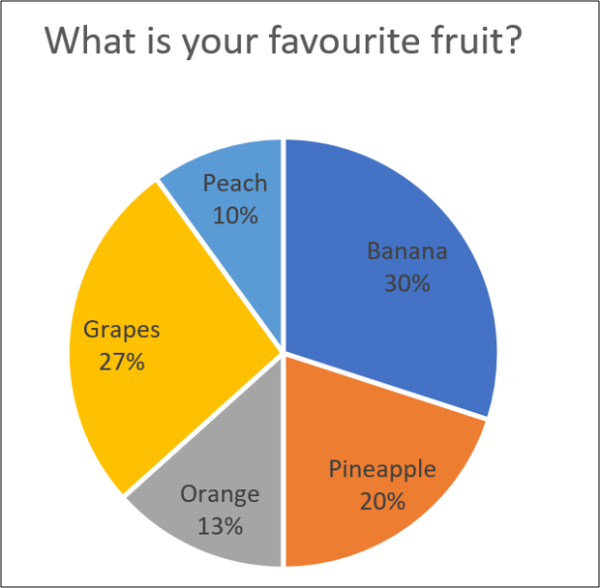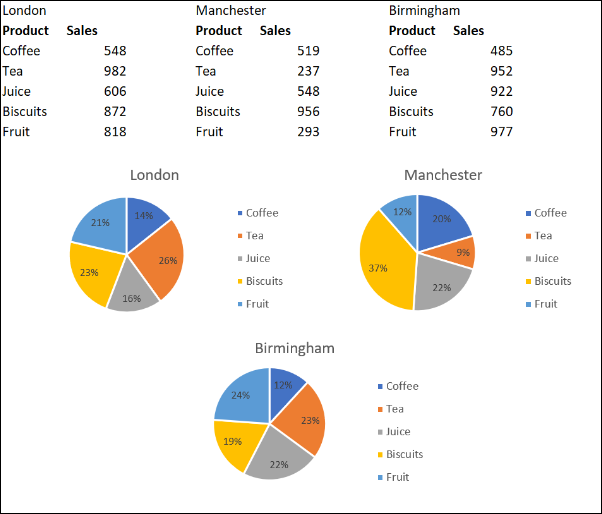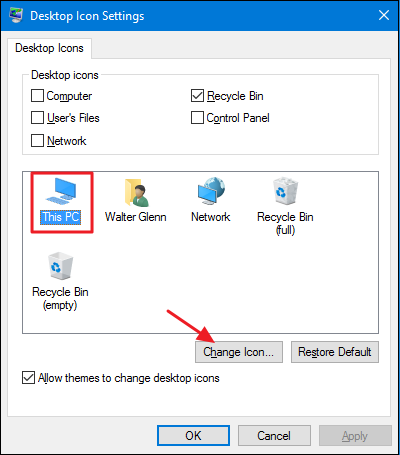
Yesterday, Microsoft announced a bombshell: Developers would soon be allowed to add full native win32 games to the Microsoft Store. Since the release of Windows 8, Microsoft has pushed Universal Windows Platform apps as the future, but with this latest shift in strategy, it’s hard to see any future for UWP.
For those of you keeping track, this is only the latest in a string of blows to UWP. When Microsoft decided to move Edge to Chromium, that decision meant converting its browser from UWP to a native win32 app. Microsoft’s Joe Belfiore told The Verge at the time that UWP lacked the maturity of win32 and thus missed out on essential features like multi-monitor support.
Before that, Microsoft stopped developing the UWP version of its Office apps for a relatively straight forward reason. It wasn’t necessary; you won’t find a Windows device that can’t run win32 apps anymore. After all, Surface RT is long dead, and Windows Phone is fresh in the grave as well.
Ultimately, UWP comes with a significant issue: it only runs on Windows 10. And while Windows 10 is growing, that leaves out a large market of users who haven’t (or won’t) make the upgrade, and limits cross-platform capability as well. One of the benefits of deciding to move Edge to Chromium is the browser will be available on Windows 7, 8, 10, and MacOS. Until now Edge has been Windows 10 only.
Microsoft maintains that UWP is alive and well, and so long as it continues to support the platform that’s technically true. But as we saw with Windows Phone, support from the company isn’t enough. Developers have to do something with it too. [The Verge]
In Other News:
- Target put out a recall for its store brand “Hey Dey” 3-foot lighting cables: Target needs you to bring back your “Hey Dey” lighting cables. Apparently, they suffer from minor issues like electric shock and fires. The company says it sold 90,000 units, so if you buy Target brand lightning cables, you should check if you’re affected. [MacRumors]
- Nreal wants to sell you a pair of $499 AR glasses: Nreal’s new AR glasses look almost like cheap plastic sunglasses, yet somehow worse. In some ways that’s an improvement over large headsets other AR glasses require. The company drove down the price by using your phone for the glasses’ brain, rather than include a computer unit like Magic Leap or Hololens. Here’s hoping the AR looks better than the hardware. [Variety]
- Microsoft wants everyone to know—update or get wormed: We previously reported on a critical vulnerability in the remote desktop protocol. The problem was so bad, Microsoft took the unusual step of releasing a patch for Windows XP, in addition to 7, 8, and 10. Now the company is reminding everyone to take the update, as it sees evidence an exploit for the problem exists. [ZDNet]
- Gigabyte matches Corsair with an incredibly fast SSD: Not to be outshone by Corsair, Gigabyte announced a new AORUS NVMe Gen4 SSD. The drive can hit up to 5,000MB/s read speeds and 4,400 MB/s write performance, which is significantly faster than Samsung’s fastest NVMe SSD. The downside is you’ll need a new AMD motherboard capable of support PCI-E 4.0. Intel is still playing catch up and only supports the 3.0 standard. [Engadget]
- Samsung Galaxy Note 10 may drop the headphone jack and physical buttons: Citing unnamed sources, Android Police says it has high confidence the next Samsung Note won’t have a headphone jack. Or physical buttons. Instead of a volume rocker or power button, the phone would have capacitive and pressure sensitive areas. The only source that can verify this is Samsung of course, and they’re not saying what’s what just yet. [Android Police]
- Facebook is working on voice-controlled products: Portal was just the beginning. Mark Zuckerberg announced that the company is working on several voice-controlled products, though he didn’t provide any details past that. Additionally, the social network wants to bypass Google and Alexa and release a new voice assistant. Digital Trends points out that with Facebook already installed on so many devices, its voice assistant could be a real contender. We’ll let Cortana cry in a corner about that line of thought. [Digital Trends]
- Lego is releasing an Apollo 11 Lunar Landing set: It’s the 50th anniversary of the Apollo 11 moon landing, and there’s no better way to immortalize the event than to enshrine it in Lego blocks. The building block company set June 1st as release date and $100 price tag. The set contains 1087 pieces including astronauts and the lander. But that doesn’t appear to include any moon rocks for you to inevitably step on, causing you to regret all your life decisions. [GeekWire]
- Apple increases over-the-air app downloads to 200MB: To keep you from going over your cellular data limit, Apple limits over-air-downloads to a specific size. Until recently that limit was 150MB, but now the company raised that cap to 200MB. That’s a boon for app developers, who try to keep their apps under the size limit for fear that going over would prevent spontaneous purchases. It’s also pretty helpful to anyone with an unlimited data plan, as they don’t care how big the app is. [9to5Mac]
Our brains do magnificent things that we readily take for granted. One example is tuning out multiple voices in favor of a preferred speaker. If you go to a noisy restaurant, so long as the background noise isn’t overwhelming, you can ignore what nearby people are saying and readily listen to your spouse, children, and so on.
Hearing aids, however, can’t do this. The devices can cut out generalized predictable background noise, like traffic, but focusing on one voice over another remains elusive. If you’ve ever tried to use a voice assistant like Alexa while somebody else is also talking, you’ve seen this limitation in action. Likely the voice assistant failed to understand you, and that’s because it couldn’t tell which words were important and which to discard.
Currently, the closest option we have is directional microphones that cut out sound behind your head in favor of audio ahead of you. I can say from personal experience, that helps but also leads to an issue of needing to turn your head towards the person you want to hear. In a restaurant where you may have people sitting next to you and across from you, that leads to a good deal of head swiveling.








